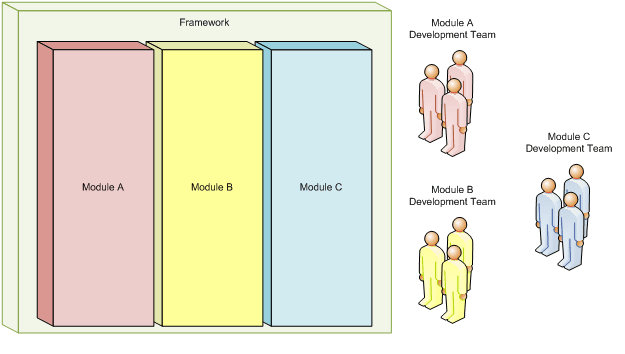Designing for Efficiency: How System Design and Software Design Principles Work Together
System design and software design principles are both critical components in the development and implementation of any software system. They both play important roles in ensuring that the system is efficient, reliable, and easy to use.
System design is the process of defining the architecture, components, interfaces, and data for a system to satisfy specified requirements. It involves identifying the system’s requirements, constraints, and trade-offs, and then designing the system to meet those requirements while adhering to the constraints and trade-offs. The system design should ensure that the system is scalable, maintainable, and easy to use.
Software design principles, on the other hand, are guidelines that help to ensure that the software is easy to understand, maintain, and extend. These principles include things like separation of concerns, modularity, and encapsulation. By adhering to these principles, developers can create software that is easier to understand, modify, and test.
The relationship between system design and software design principles is critical because the two are closely interconnected. The system design provides the overall architecture and structure for the software, and the software design principles provide the guidelines for how the software should be implemented within that architecture.
One example of the relationship between system design and software design principles is the use of microservices. Microservices is an architectural style that structures an application as a collection of small, loosely coupled services. This is a good system design approach as it promotes scalability and maintainability. However, it also requires the implementation of software design principles such as encapsulation and modularity to ensure that each service can be developed, tested, and deployed independently.
Another example is the use of design patterns. Design patterns are reusable solutions to commonly occurring problems in software design. These patterns provide a way to structure the software in a way that is easy to understand, maintain, and extend. However, they also need to be used in the context of the overall system design to ensure that they fit within the architecture and do not introduce unnecessary complexity.
Several design principles play a major role in the relationship between system design and software design principles. Some of the most important ones include:

Separation of concerns: This principle states that different aspects of the system should be separated into distinct parts, with each part addressing a specific concern. This helps to make the system more modular and easier to understand, maintain, and extend.
Modularity: This principle states that the system should be divided into smaller, independent, and reusable components. This makes the system more scalable, maintainable, and testable.
Encapsulation: This principle states that the internal details of a component should be hidden and accessed only through a well-defined interface. This helps to promote loose coupling between components and makes the system more flexible and maintainable.
Abstraction: This principle states that the system should be designed using abstractions that hide the details of the implementation, allowing the system to be easily understood and modified.
Single Responsibility Principle: This principle states that a class or module should have only one reason to change. This means that each class or module should have a single, well-defined responsibility. This helps to promote loose coupling and makes the system more flexible and maintainable.
By adhering to these principles, developers can create software that is efficient, reliable, and easy to use, and that fits within the overall system architecture.
In conclusion, system design and software design principles are both important in the development of software systems. The relationship between the two is critical as they work together to ensure that the system is efficient, reliable, and easy to use. A good system design provides the overall architecture and structure for the software, while software design principles provide guidelines for how the software should be implemented within that architecture. It is essential that both system design and software design principles are considered and applied appropriately throughout the development process.
